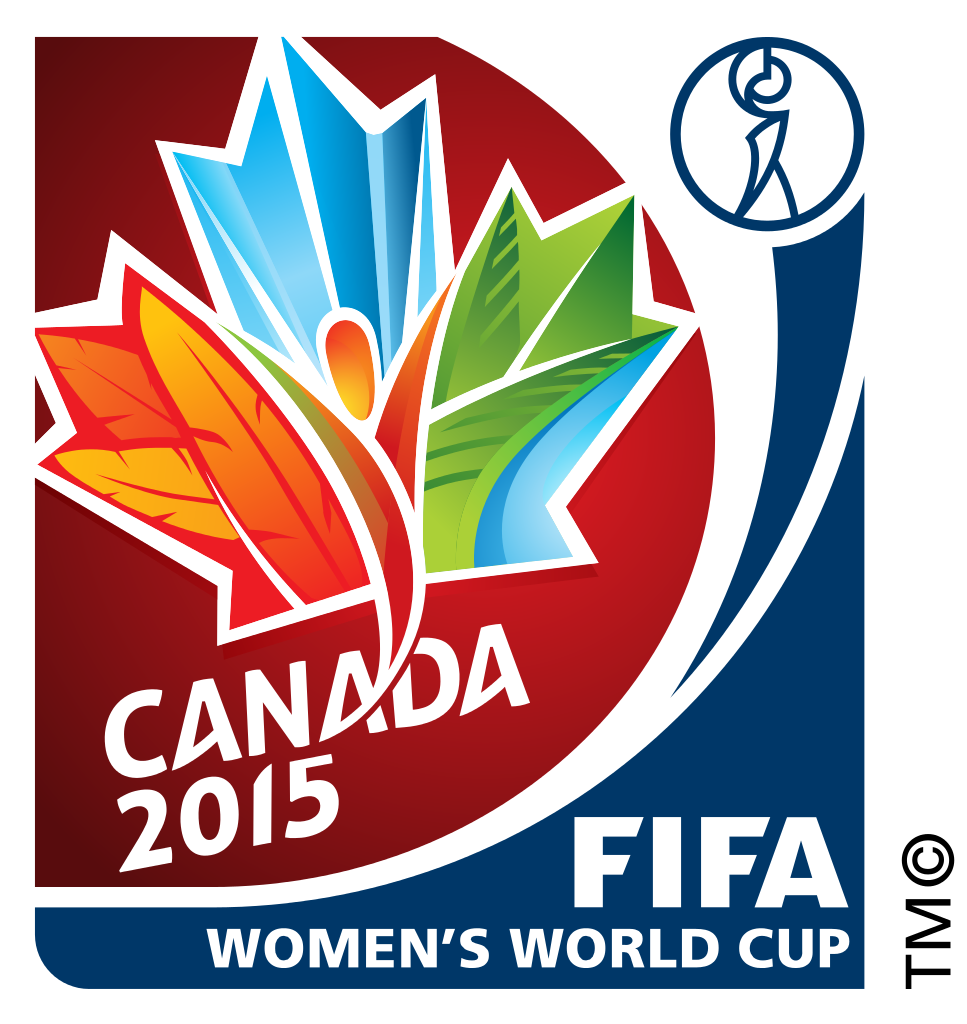Hockey Concussions Actually Thin The Brain’s Cortex
By Dan Peterson, TeamSnap's Sports Science Expert
When a young hockey player suffers a concussion, the immediate priority is to recognize the symptoms and remove him or her from the game. Making sure the symptoms have passed and that cognitive function is back to normal is the concern of the player’s physician and coach. But what about repeated blows to the head over time beginning at an early age? The combination over time of concussive hits with those that are less severe is the focus of a study from the University of Vermont. Researchers compared results of a standardized cognition test with MRI imaging to determine the extent of long-term physical change to the brain.
The U.S. CDC reports that the number of sports related concussions has doubled in the last ten years with ice hockey, trailing only football as the most dangerous sport. A study from 2008-2010 showed that there were 54 concussions for every 100,000 hockey “instances” of a player in a game or practice. While football had an injury rate of 64, hockey beat out lacrosse and soccer at 40 and 34, respectively. Incredibly, concussions accounted for 15-22% of all reported hockey injuries to young male players.
Matthew Albaugh, Ph.D., a psychiatrist at UVM’s College of Medicine, led a team of neuroscientists to examine the physical damage that can be done to a young athlete’s brain after one or many hits to the head. They asked for permission to assess 29 area hockey players, ages 14 to 23, some of whom had been diagnosed with a hockey-related concussion.
They surveyed the players and their parents for a history of head injuries and used the Immediate Post-Concussion Assessment and Cognitive Testing (ImPACT) system to measure baseline metrics for attention, memory and reaction time.
The players’ brains were also scanned with functional magnetic resonance imaging (fMRI) to measure changes in the cortex, the outer layer of the brain that controls higher-level reasoning and behavior. Then they compared the head injury history, the performance on the ImPACT test and the brain measurements to look for correlations.
They found that as the athletes’ concussion symptoms increased, the cortex grew thinner in the left anterior cingulate, left ventromedial prefrontal and left dorsomedial prefrontal areas as well as left temporal cortex.
"We believe that injury to a developing brain may be more severe than injury to an adult brain," said James Hudziak, M.D., neuropsychiatrist and co-author of the study published in the Journal of Pediatrics.
"The concern is that what we are finding may be an early marker of brain damage," said Albaugh. "Years of playing contact sports and repeatedly getting your head knocked around probably isn't good for the brain, especially in young children whose brains are still maturing.”
Hudziak led a group of medical professionals at the 2013 Ice Hockey Summit II that called for the elimination of hits to the head and all forms of fighting in hockey, as well as a reduction of body checking. The final report concluded that "Ice hockey SRC prevalence is high. Hockey players compete at high speeds as they mature, risking injury from intentional and accidental collisions, body checks, illegal on-ice activity and fighting."
Hudziak understands that hockey is hockey and it will always be a contact sport. But by understanding and communicating the science behind the hits, he hopes to be able to advise players, parents, coaches and administrators on how to lessen the risk.
"My goal is not to rid the world of these sports," said Hudziak. "My goal is to make these sports safer, so that more people can play them."
NEW! Free Sports Organization Resources
All of TeamSnap's ebooks, articles, and stories in one place. Access Now
Similar Articles:

Energy Drinks May Give Kids Wings And Head Injuries
By Dan Peterson, TeamSnap's Sports Science Expert …
Read More

Guidelines To Reduce Overuse Injuries In Young Athletes
By Dan Peterson, TeamSnap’s Sports Science Expert…
Read More

Women’s World Cup Players Much Less Likely To Fake Injuries Than Men
By Dan Peterson, TeamSnap's Sports Science Expert …
Read More